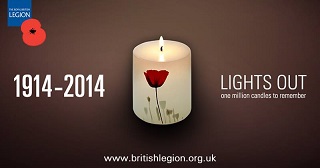Newspaper reports of events during World War One and in the years afterwards form a valuable asset for educators. Newspaper circulation was much higher in the 1910s than now, with more titles serving a population hungry for news of the progress of the war and the lives of their loved ones. National and local titles provided a high level of coverage of military campaigns and stories from the home front. Eyewitness testimony and the reports of journalists were complemented by photographs and graphic illustrations.
The Historic Newspapers archive is offering teachers a free teaching pack which contains selected stories and extracts about key events in the period 1914-1919, as reported in the press at the time. Titled “First World War: Teaching Resource“, it makes use of material from national newspapers of the time (The Daily Sketch and The Star) to show how particular events were reported – including the autumn offensive of 1915, the execution of nurse Edith Cavell, the Gallipoli campaign withdrawal, and the declaration of an Armistice. This material could be used to examine particular incidents or to consider a bigger theme such as the changing nature of conflict. The website provides details of how to obtain a copy.
The public library and archives services of Local Authorities often hold collections of newspapers which were published in their area, sometimes in hard copy, sometimes in digital form. Local newspapers may provide a level of detail about individuals and events on the home front in the local community which are not covered by the big national titles. For teachers it is worth contacting the services in your own area to find out what contemporary resources of this kind they may own and make accessible.
A good example of educational use of archive material, including newspaper extracts, is the Hard Vrocht Grun project in Aberdeenshire. The packs of themed material put together by project staff include many newspaper stories about themes such as recruitment and conscription, commemoration, and poverty.
When considering wartime newspapers as sources of information, teachers should consider the issue and extent of censorship of the content of the stories, in addition to the usual issues such as bias and accuracy.











